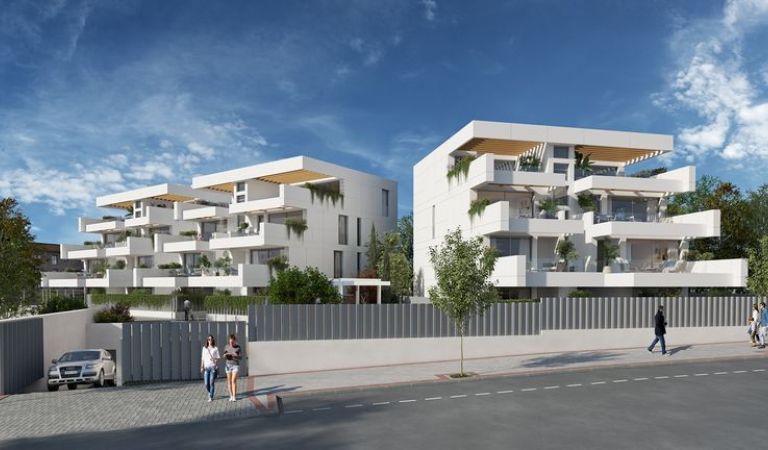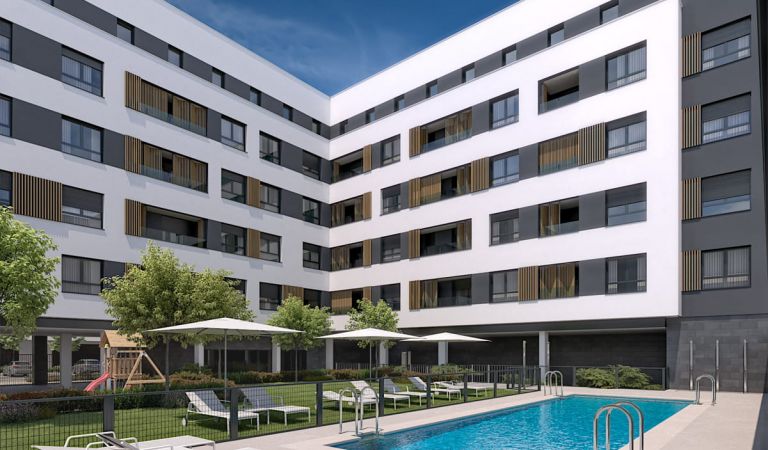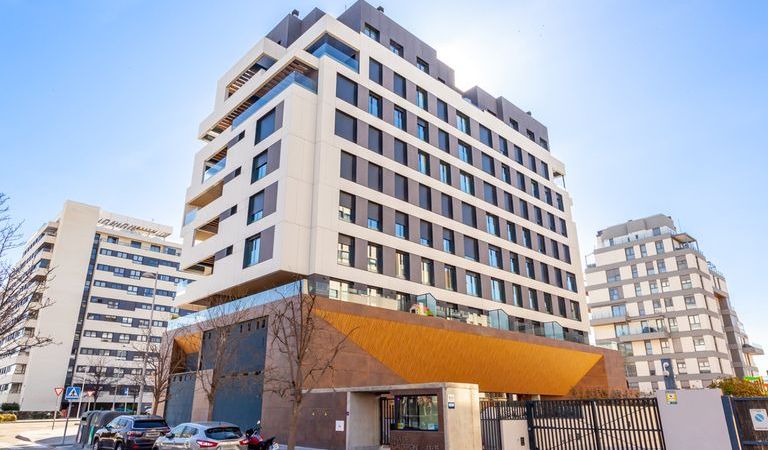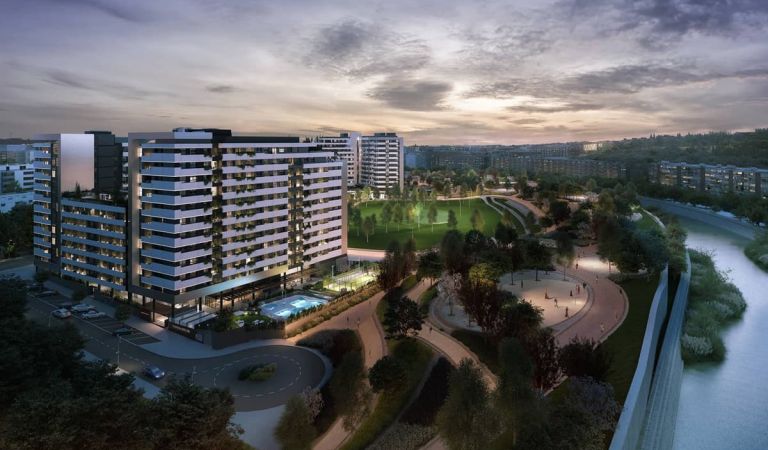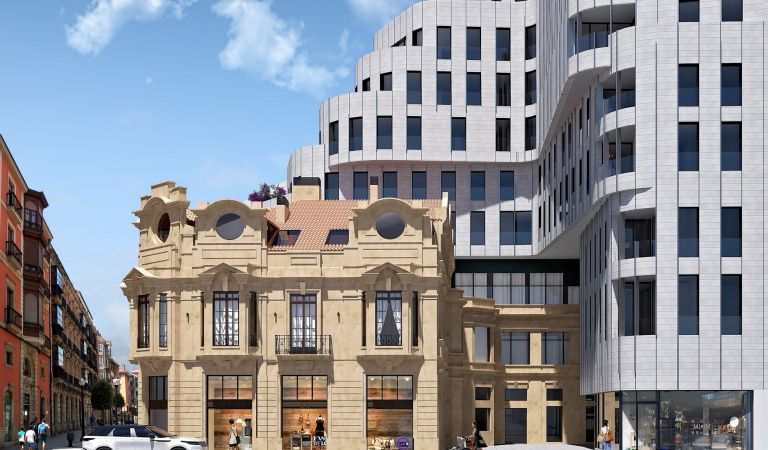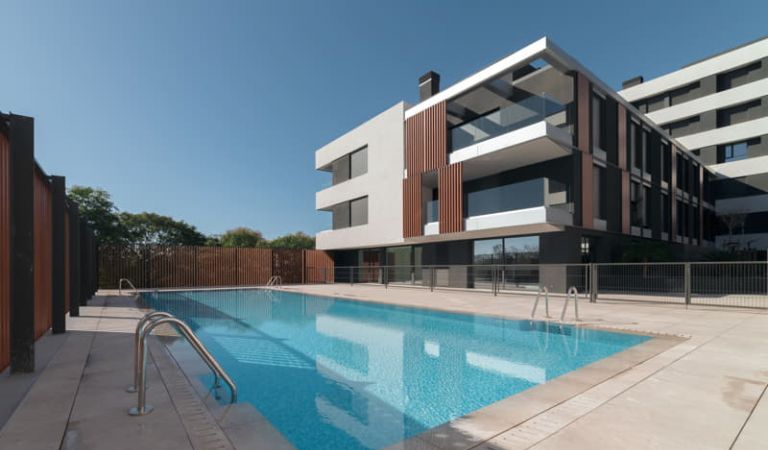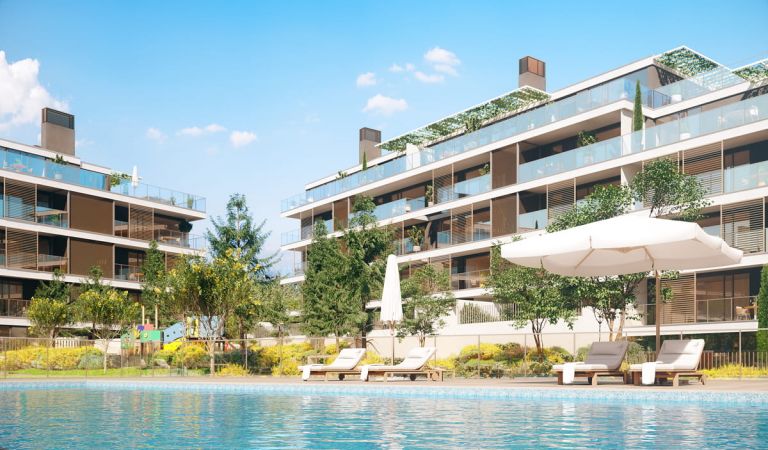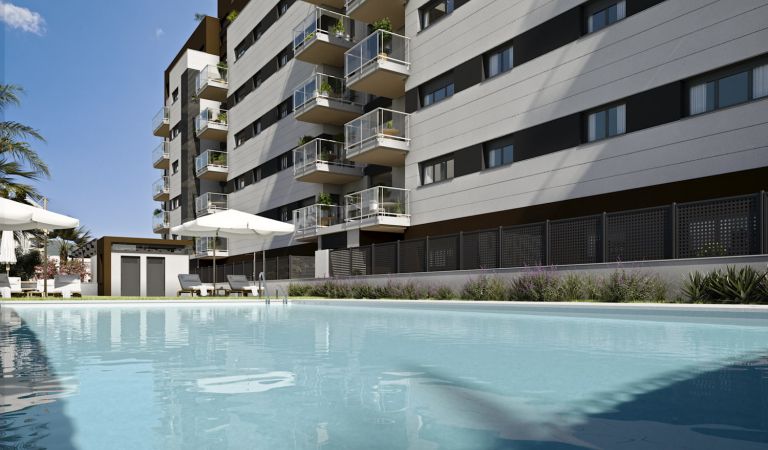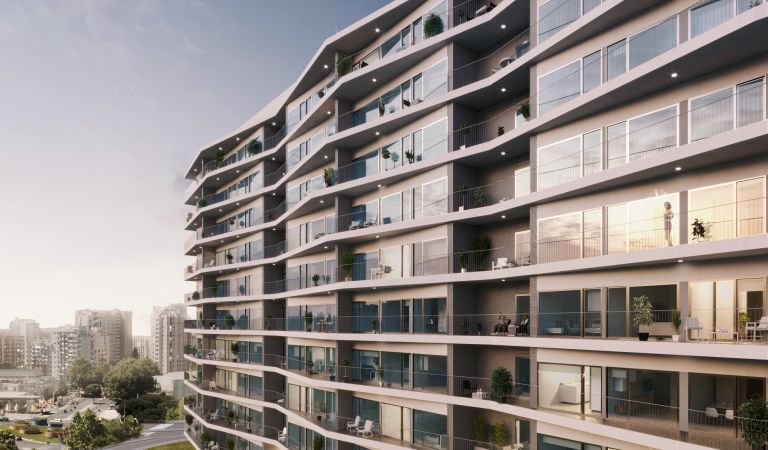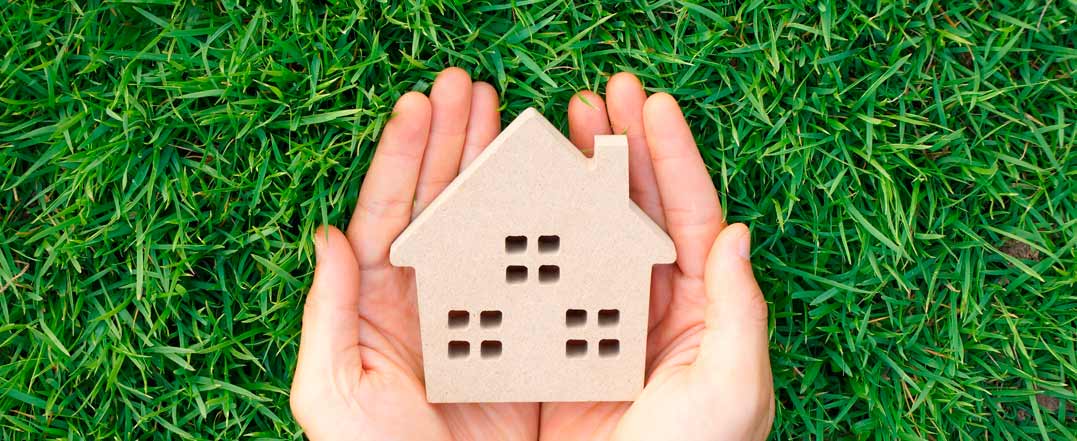One of the main objectives that Gestilar seeks to achieve in each one of its projects is compliance with its commitment to the environment, and it firmly believes that the future of the sector depends on making buildings more sustainable and energy-efficient, and on reducing their ecological impact as far as possible.
As such, our designs are based on eco-sustainable criteria with high levels of illumination and natural light, as well as the use of procedures that optimize energy in dwellings and communal areas. In relation to bio-climatic homes, today we are discussing geothermal energy: How can it contribute to sustainability and energy-efficiency? What is it based on?
What is geothermal energy?
As may be seen from its etymology (‘geo’), it refers to the energy that comes from inside the Earth, which allows energy to be generated in a way that does not pollute or harm the environment or endanger public health, taking advantage of natural heat flows under the ground.
Geothermal energy is fundamentally used to regulate the temperature of houses by powering the central heating, air-conditioning, or hot water supply, allowing these buildings to be self-sufficient in terms of their energy needs, which is characteristic of renewable energy. However, it should be pointed out that this is one of the least-known sources of energy, and experts in this field are pressing for unified regulations and greater dissemination of research into this form of energy.
How does geothermal energy work in the home?
Geothermal energy is exploited on the basis of an efficient heat-pump system, which as opposed to traditional boilers, does not consume any energy, but rather it takes advantage of the variations in the temperature inside the house and under the ground in order to adjust the temperature of the living space.
What is its main feature? It is based on a reversible system: It ‘moves’ the heat, either into or out of the house, thereby cooling it or heating it, as desired.
When heating the living area or the water supply, the system transports heat from under the ground into the house, and this process is reversed when cooling the house.
In the case of a traditional heat pump, the heat is exchanged with the atmosphere, just as a refrigerator expels the heat inside it creating a lower temperature inside. This is why the back of a refrigerator is always warm.
Gestilar and the use of geothermal energy.
Isla de La Toja, located in Tempranales, San Sebastián de los Reyes, is the perfect exponent of the use of geothermal energy, where the houses have been fitted with a climate-control and sanitary hot-water system using a heat pump powered by renewable energy and a radiating/cooling floor.
Why do we believe in the use of this energy?
On average, up to 13 tons of CO2 emissions can be saved every year, on the basis of a durability of twenty years, and also there is minimal maintenance given that there is no combustion, operating at a constant rate. Simple, reliable and with no machinery or visible equipment inside the home.
Were you familiar with geothermal systems?



